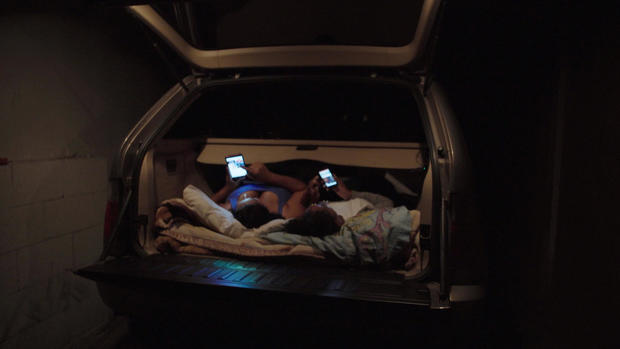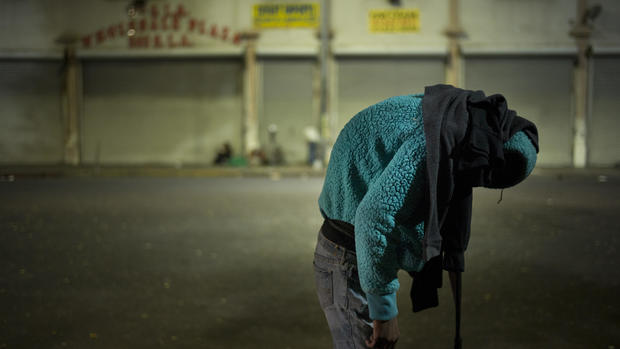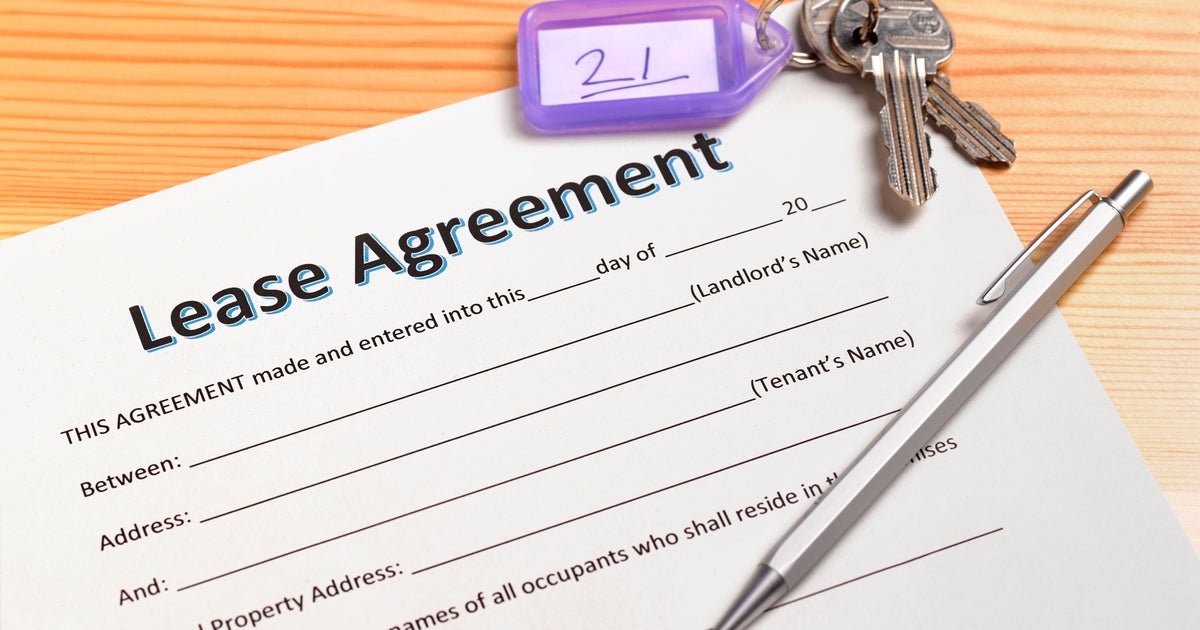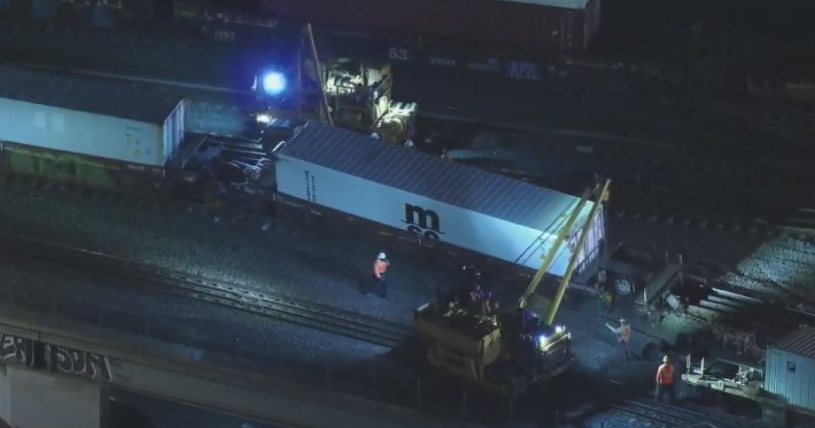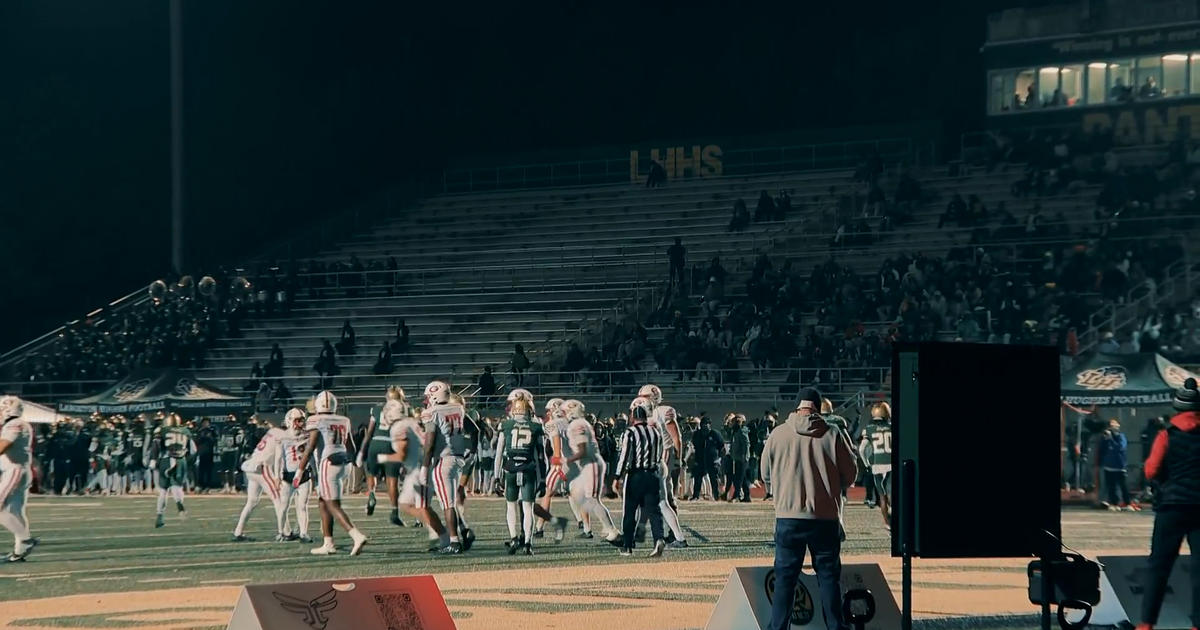High rents create a new class of hidden homeless in Los Angeles
Watch the new CBSN Originals documentary, "Priced Out: L.A.'s Hidden Homeless," in the video player above.
Kevin Recinos works full-time helping the homeless in Los Angeles as a Life Skills Coordinator, but when his rent increased by $200 per month, he himself became homeless. Now, he's one of the estimated 9,000 newly homeless in Los Angeles living out of their car.
As he demonstrated how he gets his car ready for the night, Recinos lamented, "I realize this is the first time I've ever walked anyone through this. It's kind of really vulnerable. It's like I'm showing you my bedroom, and it sucks." He says he's trying to find new housing, but in Los Angeles, an affordable place to live is getting increasingly hard to find.
After the financial crash in 2008, housing prices dropped in Los Angeles, as they did nationwide, and deep-pocketed investment firms started buying up the undervalued properties. The city has few protections in place for tenants and gives landlords wide latitude with regard to what they can do with their properties. In recent years, as the economy improved, corporate owners of rental properties have used the law to their advantage to vacate newly purchased buildings, renovate units, and drive up rental prices.
Pete White founded the Los Angeles Community Action Network to help the homeless and says wages haven't kept up with rising rents. "So what you're seeing is housing costs and the cost of living far outpacing what people are earning," he said.
From 2010 to 2018, median rental prices for a one-bedroom apartment in Los Angeles increased 84 percent, while median wages during the same period only rose 11 percent. White says the people who get priced out struggle to make their way back into a stable place to live.
"We're in need of 550,000 units of housing, but instead of building that housing, we're building luxury housing. And once a person leaves whatever stable housing they're in, there's really very few options for them."
According to the U.S. Federal Reserve's Report on the Economic Well-Being of U.S. Households in 2017, four out of every 10 Americans cannot afford a $400 emergency. In Los Angeles County, that's four million people that are living on a financial knife edge. Many of those who fall into homelessness try to maintain the other aspects of their life and are hidden from plain view.
Ana Estrada lives in Santa Clarita, a suburb about an hour's drive northwest of Los Angeles. While she was employed as a social services case worker, Estrada's rent increased from $1,000 to $3,000 per month, forcing her to move. The cheapest place she could find was $1,800, but then she suffered complications from a medical condition and ended up losing her job. Now, she and her 13-year-old daughter are living out of their car. Like Kevin Recinos, she's one of the many hidden homeless who now inhabit the streets across L.A. County.
Estrada makes sure her daughter gets to school and softball practice on time in her BMW SUV. She says the aging luxury car is the last thing she owns and it's the only kind of shelter keeping her and her daughter safe at night.
"That Beamer is a 2006 Beamer. I paid for that when I was working," she said. "I have definitely fallen far."
In LA County, it's illegal to sleep in your car overnight, so Estrada tries her best to blend in to the neighborhoods where she stays. She also makes the point that homeless people don't fit in to a common stereotype.
"What does homeless look like? Seriously, what does it look like? I can have a nice car. I could dress nice. I clean myself up because honestly, deep down inside, I do have pride. And I'm not ashamed to be homeless. That's not what it is. But I refuse for you to look at me and say, 'Well, that's what a homeless person looks like.' Homelessness comes in all shapes, all sizes, all races, sexes."
Authorities in Los Angeles and advocacy groups have been working to put more protections in place for tenants, but there are significant challenges. Since 2001, 20,000 rent-controlled properties have been taken off the market. According to the U.S. Department of Housing and Urban Development (HUD), the Los Angeles metropolitan area needs more than half a million affordable housing units to meet demand. Today, 1 in 3 renters pay more than half their income on housing.
Estrada says that in these circumstances, falling into homelessness is more possible than many people might realize.
"It could happen to anybody. It really can. Do I wish this for anybody? I don't … I don't wish it for anybody because it's stressful, and I don't wish it for any children because it's not a good way for them to have to live their life. Sometimes I feel like I've failed as a mother. "

